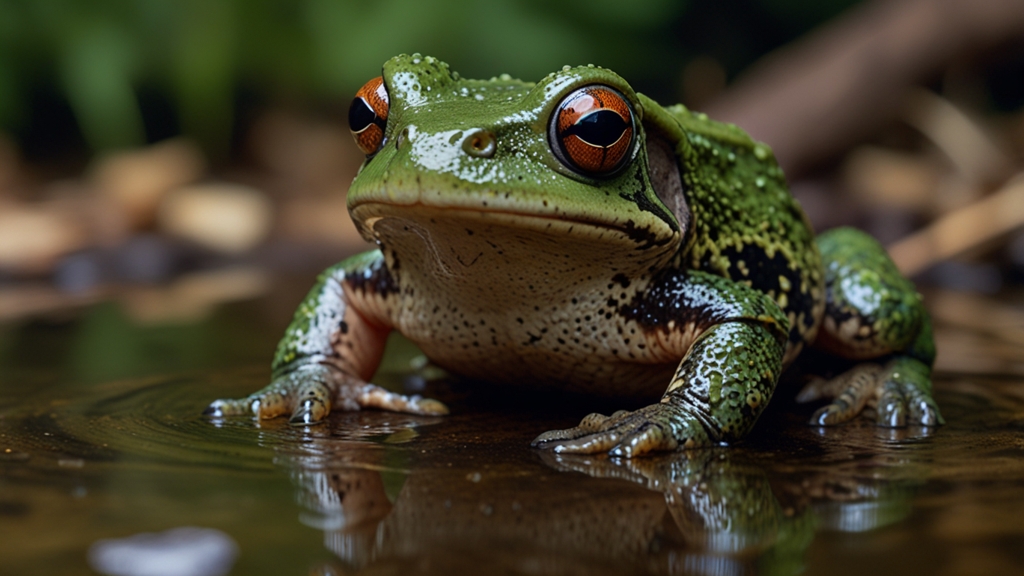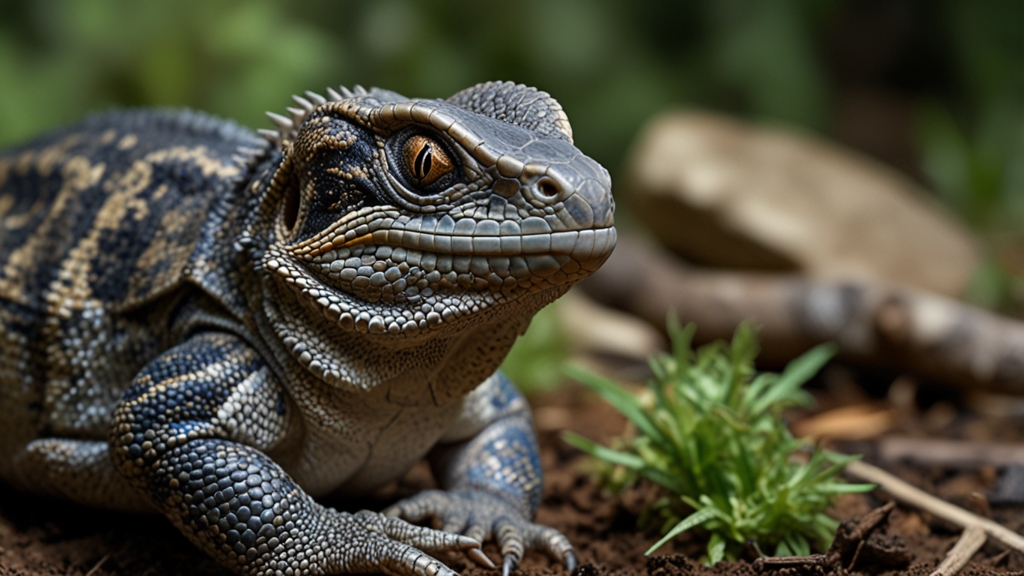Amphibians in Your Backyard: Discover the Hidden Gems
When we think of the wildlife that resides in our backyard, our minds often drift to birds, squirrels, or maybe even the occasional fox or deer. However, there is an entirely different world that often goes unnoticed – the world of amphibians. These fascinating creatures, which include frogs, toads, salamanders, and newts, are more than just denizens of far-off wetlands or deep forests. Many amphibians can thrive in suburban and even urban backyards, quietly contributing to the ecosystem. Let's delve into the secret lives of these hidden gems and explore how you can create a welcoming environment for them.
The Importance of Amphibians
Amphibians play crucial roles in the ecosystem. As both predators and prey, they help control insect populations, which can be beneficial for gardeners. Their permeable skin makes them highly sensitive to environmental changes, making them excellent indicators of ecological health. Unfortunately, this same sensitivity also makes them vulnerable to pollution and habitat destruction, which is why providing safe havens in our backyards is more important than ever.
Common Backyard Amphibians
A variety of amphibians might be closer to home than you think:
- Frogs and Toads: These amphibians are perhaps the most familiar. Common backyard species include the American toad and the green frog. Listen for their calls during the night, especially near sources of water.
- Salamanders: Often hiding under rocks and logs, these elusive creatures, such as the spotted salamander, are a treat to discover.
- Newts: Though less common, newts like the red-spotted newt may also make an appearance, especially near ponds.
Creating an Amphibian-Friendly Backyard
To attract and support amphibians in your backyard, consider the following tips:
1. Provide Water Sources
Amphibians need water for breeding and, in many cases, living. Building a small pond or maintaining a birdbath can offer a crucial resource for them. Ensure that the water is clean and free of chemicals to avoid harming these sensitive creatures.
2. Plant Native Vegetation
Native plants offer the best shelter and food resources for amphibians. Plants with broad leaves provide ample cover, while flowering plants attract insects, which serve as food for amphibians.
3. Create Hiding Spots
Logs, rocks, and leaf piles are excellent hideaways for amphibians. These offer protection from predators and shelter from the elements. Avoid using synthetic garden materials, which can be harmful.
4. Minimize Chemical Use
Reduce or eliminate the use of pesticides and herbicides in your garden. Amphibians absorb chemicals through their skin, which can be deadly. Opt for organic gardening methods to keep both your plants and amphibians healthy.
“The frog does not drink up the pond in which he lives.” – Native American Proverb
The Joy of Amphibian Watching
Observing amphibians can be a delightful and educational experience for the entire family. Early mornings and evenings, when amphibians are most active, are the best times for sightings. Bring a flashlight for night walks, and you might be rewarded with the sight of a frog leaping across your yard or a salamander making its way through the undergrowth.
“We don't inherit the earth from our ancestors; we borrow it from our children.” – Native American Proverb
Conservation Starts at Home
Contributing to amphibian conservation doesn't require grand gestures. Small, thoughtful changes in your backyard can create a significant impact. As you make your yard more amphibian-friendly, you'll not only support these incredible creatures but also contribute to a healthier, more balanced ecosystem. So next time you enjoy your backyard, remember to look a little closer – you might just discover the hidden gems that are amphibians.
“Every frog must know its pond.” – American Proverb







